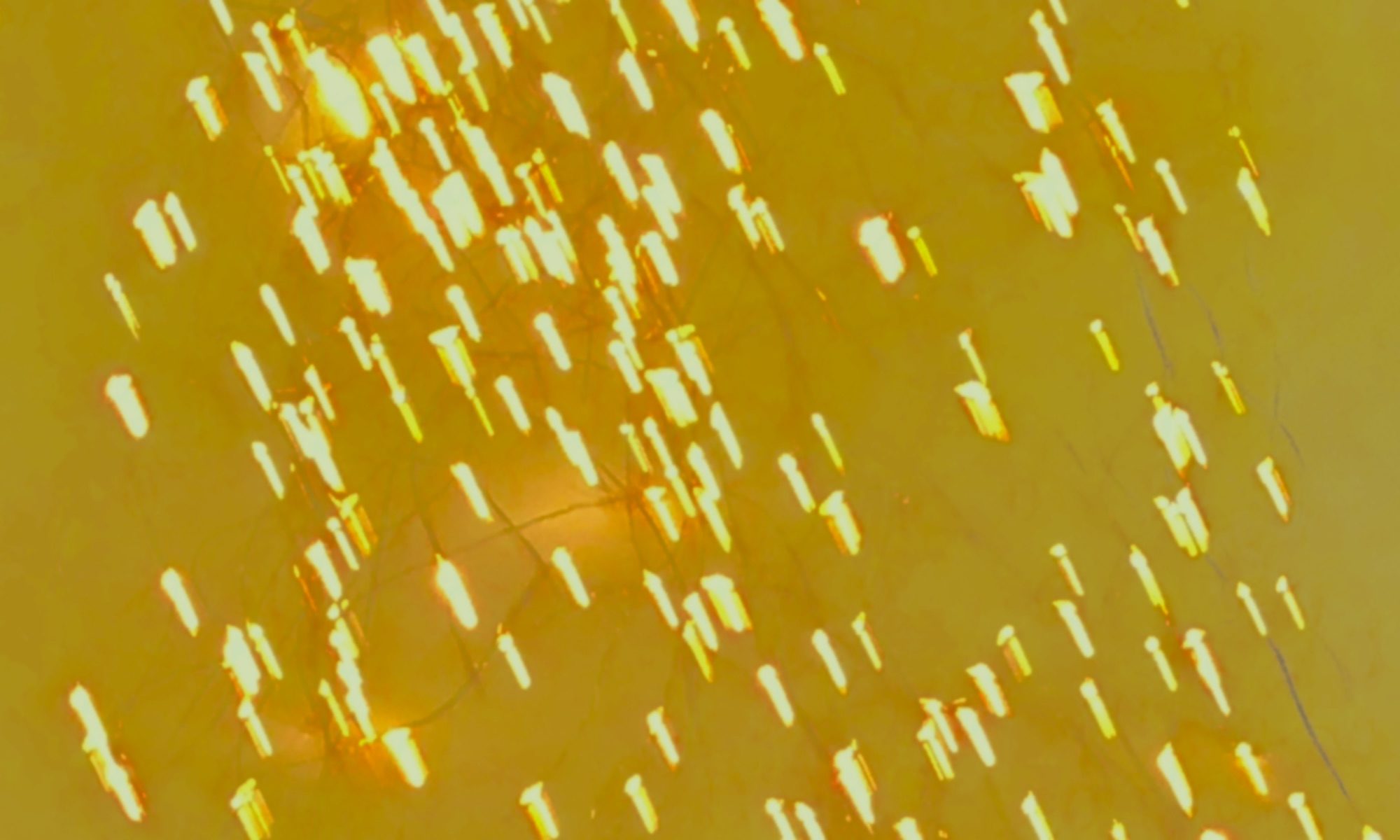In Sardinia, handweaving is an ancient and revered art, one so complex and magical that legends say the Jana (fairies) taught Sardinian women how to construct looms and weave.
The version below is translated from the story as written by Bruna Cossu and posted on her Facebook page Brujana. With her permission, I’ve translated her words and posted both the English and Italian versions on this website.
Once upon a time, an eternal god was flying through infinity. The god was omnipotent yet also very bored. It seemed to him that the greatest happiness would be to have desires. He began to search for Earth and humans, because he knew that humans were the best suited to dream the impossible.
However, once he found Earth, he discovered that humans had not learned to dream. The planet’s population was like a swarm of ants: the men fought amongst themselves and sought to complicate their lives in all ways, yet they had not learned to dream. They did everything except dream.
Then the god, determined, said: “I will be the first man to dream”. He searched all over the earth for an uninhabited place where he could live alone, and he found it in a small island in the the shape of a footprint: Sardinia. This island was still wild, full of rocks. The god concentrated and made himself into a man, but he chose to make himself old, because in order to have desires, he would have to make effort.
On the island, he had at his disposal stones, cork trees, and a swarm of bees that followed him everywhere. Understanding the nature of what he had available, he assembled it: With simple human arms, he constructed the first hive, thus solving the issue of hunger.
One day, while sleeping, the god was disturbed by a bee. With an involuntary swipe of his hand, he shooed away the bee. However, in doing so, the god let fly a spark of divine power. In one instant, the entire hive was transformed into a group of incredibly small goddesses: The Janas were born.
These Janas occupied the human dimension by pretending to be women — and being prophets by nature, they knew that human women would soon arrive on the island. In the meantime, the Janas dug houses out of the rocks and furnished them, always play-pretending at being women in the same way young girls play at being women.
One day, the first human ship arrived on the horizon, from an uncertain location, and bearing an unknown people. It was a rude group, wild, a bunch of warriors. The Janas immediately became interested in the women and flew among their heads, convincing them to leave the heavy work to the men.
In this way, women finally entered the world of the Janas, where the women learned to spin and to weave at looms prepared by the fairies who had been bees — fairies who had an innate, genetic understanding of geometry, and who constructed looms with extreme rigor and precision. And the women themselves brought an essential quality: Patience. Working together, the rigor of the Janas and the patience of the women fostered the ideal conditions for the birth of creativity.
And so was the beginning of how Sardinian women came to weave their rhythmic, symbolic textiles, weaving even today as they did then.
Sources:
- The Legend of Father Sardus, by Giuseppe Dessì
- Maria Lai: Invented by a Distracted God, by Marilisa Piga and Nico di Tarsia (video)
Note: Sardinia’s tessitrici artigianali — the women weavers who work by hand in the old ways — are truly extraordinary, and rare. Only a handful remain working as professionals on the island. Learn more about these unique, independent, and wonderful women on the Sardinian Arts page Meet the Artists, which is a portal to their work and contact information.
© 2013 – 2025 Kelly Manjula Koza | All Rights Reserved

